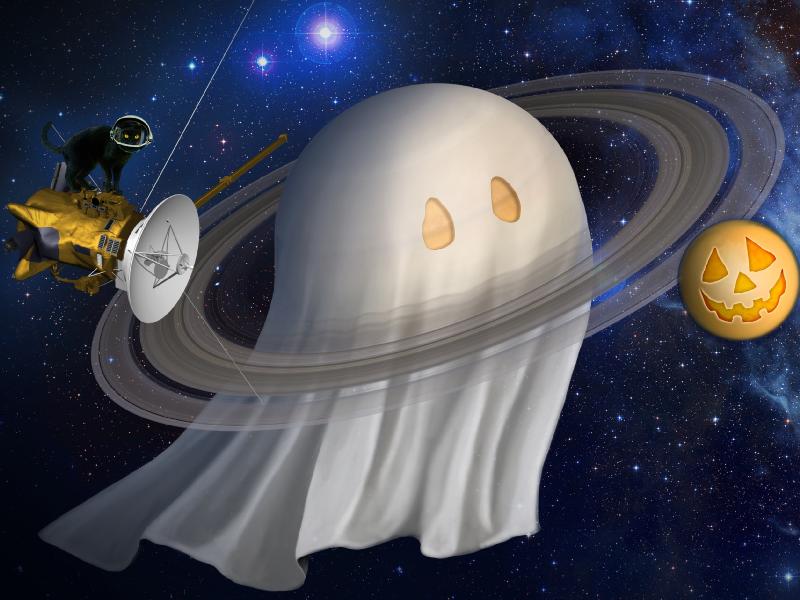Space ghosts
Few have heard of the “space debris” and the many dead satellites flying around our planet. But are they dead?

On May 15, 1958, the third Soviet artificial Earth satellite, the first real satellite, as we now present them, was put into orbit - if the flights of the first and second satellites were essentially not controlled, then optical equipment was installed on the third satellite, which allowed us to orient ourselves by the stars, an automatic system for measuring the trajectory of movement and a multi-channel telemetry system that transmitted data from scientific equipment. The satellite conducted a large amount of scientific research until the batteries ran out on June 3, 1958. The satellite itself flew until April 6, 1960. But he was not completely dead. As an experiment, solar panels were placed on the surface of the satellite, which fed the transmitter-beacon for almost two more years. The results of observations of the lighthouse were processed several more years after the satellite left orbit.

Not all satellites leave their orbits so quickly, some will continue to revolve around the planet for several millennia. For some, a “disposal” procedure was envisaged at the end of the operating life — descent from orbit, but for various technical reasons it was not always possible to do this, for example, due to premature failure.
Although the life of the buffer batteries has long expired, under certain conditions the energy of the solar cells is enough to turn on the transmitter of a dead satellite.
One of the oldest satellites still continuing to broadcast is the OPS 6582 navigation satellite (TRANSIT 5B-5), launched back in 1964.
Almost the same old LES-1 ( Lincoln Experimental Satellite 1 ) has continued to fly and broadcast since 1965.
Frequencies of other ghosts and more information can be found here .
TLE for Orbitron can be downloaded here .
Happy halloween!

On May 15, 1958, the third Soviet artificial Earth satellite, the first real satellite, as we now present them, was put into orbit - if the flights of the first and second satellites were essentially not controlled, then optical equipment was installed on the third satellite, which allowed us to orient ourselves by the stars, an automatic system for measuring the trajectory of movement and a multi-channel telemetry system that transmitted data from scientific equipment. The satellite conducted a large amount of scientific research until the batteries ran out on June 3, 1958. The satellite itself flew until April 6, 1960. But he was not completely dead. As an experiment, solar panels were placed on the surface of the satellite, which fed the transmitter-beacon for almost two more years. The results of observations of the lighthouse were processed several more years after the satellite left orbit.

Not all satellites leave their orbits so quickly, some will continue to revolve around the planet for several millennia. For some, a “disposal” procedure was envisaged at the end of the operating life — descent from orbit, but for various technical reasons it was not always possible to do this, for example, due to premature failure.
Although the life of the buffer batteries has long expired, under certain conditions the energy of the solar cells is enough to turn on the transmitter of a dead satellite.
One of the oldest satellites still continuing to broadcast is the OPS 6582 navigation satellite (TRANSIT 5B-5), launched back in 1964.
Almost the same old LES-1 ( Lincoln Experimental Satellite 1 ) has continued to fly and broadcast since 1965.
Frequencies of other ghosts and more information can be found here .
TLE for Orbitron can be downloaded here .
Happy halloween!
